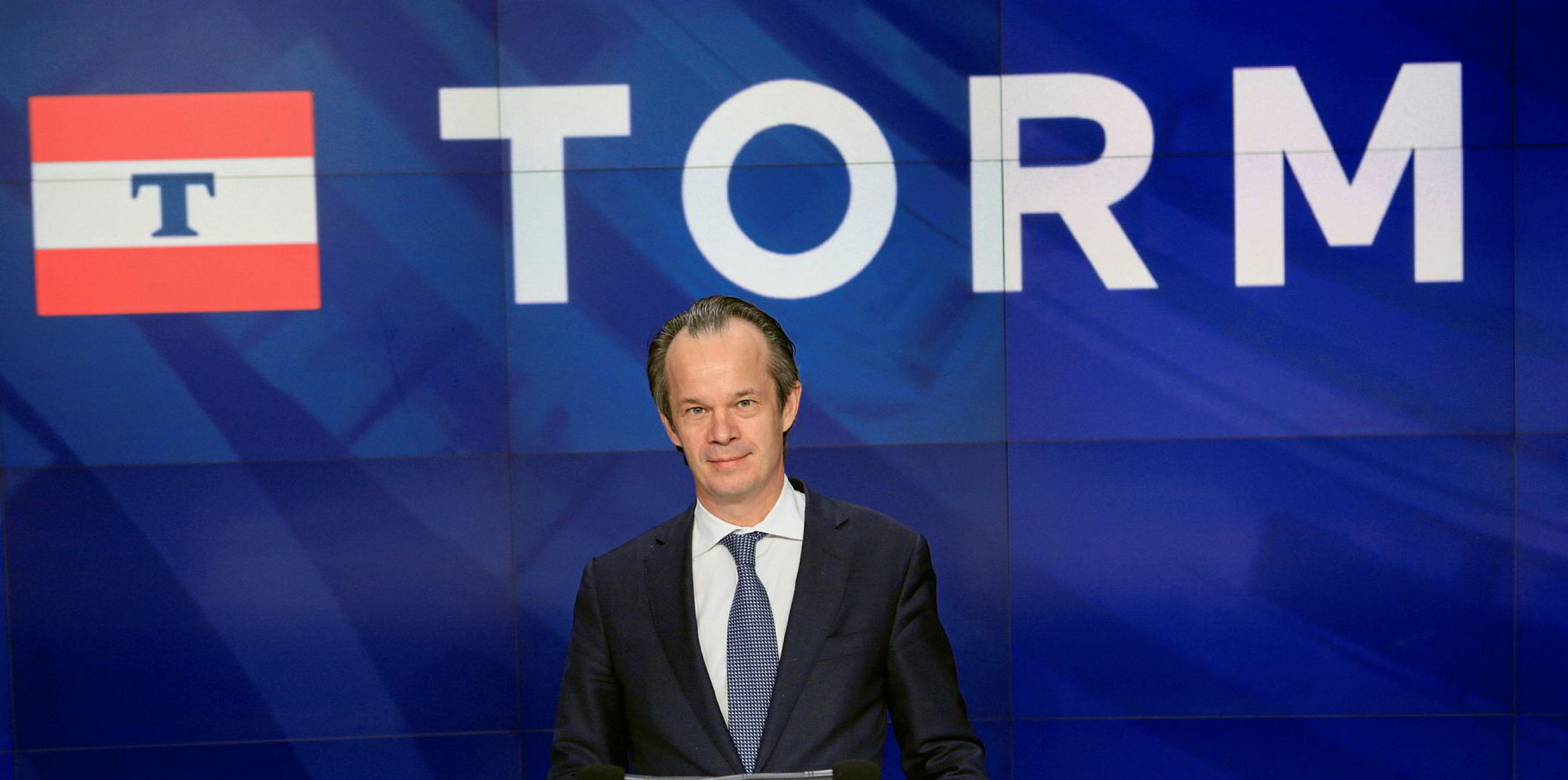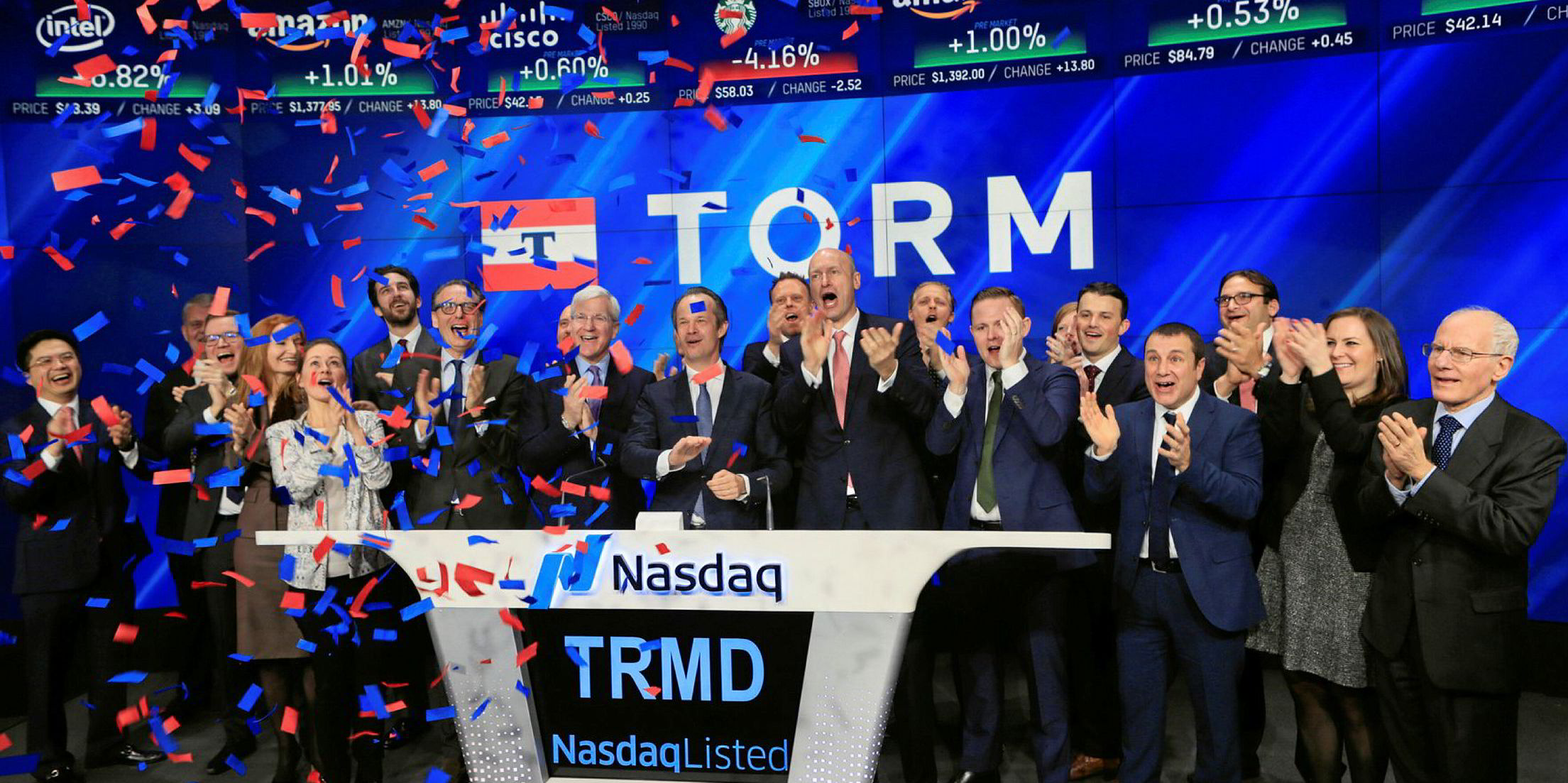Danish owner Torm fell into the red last year, but said its performance had been strong compared to its peers.
The Danish company posted a $33m loss before tax for the full year 2018, compared to profit of $3m a year previously.
“Despite negative results, Torm’s performance has been strong compared to industry peers,” the company said in its financial report.
Torm said its net asset value (NAV) excluding charter commitments is estimated at $856m, which is equivalent to $11.6 or DKK 75.5 NAV per share, based on broker valuations.
Torm has filed a $250m universal shelf registration statement that became effective with the US Securities and Exchange Commission on 12 February.
"This new registration statement is intended to provide Torm with flexibility to raise capital over the next three years, from the offering of common shares, debt or other traded securities, in one or more future offerings," the company said.
2018 markets
Torm said it achieved timecharter equivalent (TCE) rates of $12,982 per day during 2018, which is an 11% reduction on the rate of $14,621 daily it earned in 2017.
The company attributed this reduction to the difficult market conditions seen during the second half of last year.
Consumer-driven demand for refined oil products remained “healthy” during the first six months of 2018 but was offset by inventory drawdowns, which in a loss of potential trade of 4% over the 12-month period, Torm said.
Reduced trading volumes caused freight rates to reached historically low levels in the third quarter, the company noted.
Rates were also impacted by newbuild crude tankers opting for clean cargoes on their maiden voyage, which cut into cargo availability for the existing product tanker fleet, it said.
“Torm’s commercial performance over the past year has continuously been among the best within its peer group,” executive director Jacob Meldgaard said in the report.
“The product tanker market has rebounded significantly since November 2018, and looking ahead, we are well positioned to leverage the ongoing market recovery, illustrated by a 43% increase in freight rates achieved so far in the first quarter of 2019 compared to 2018.”





